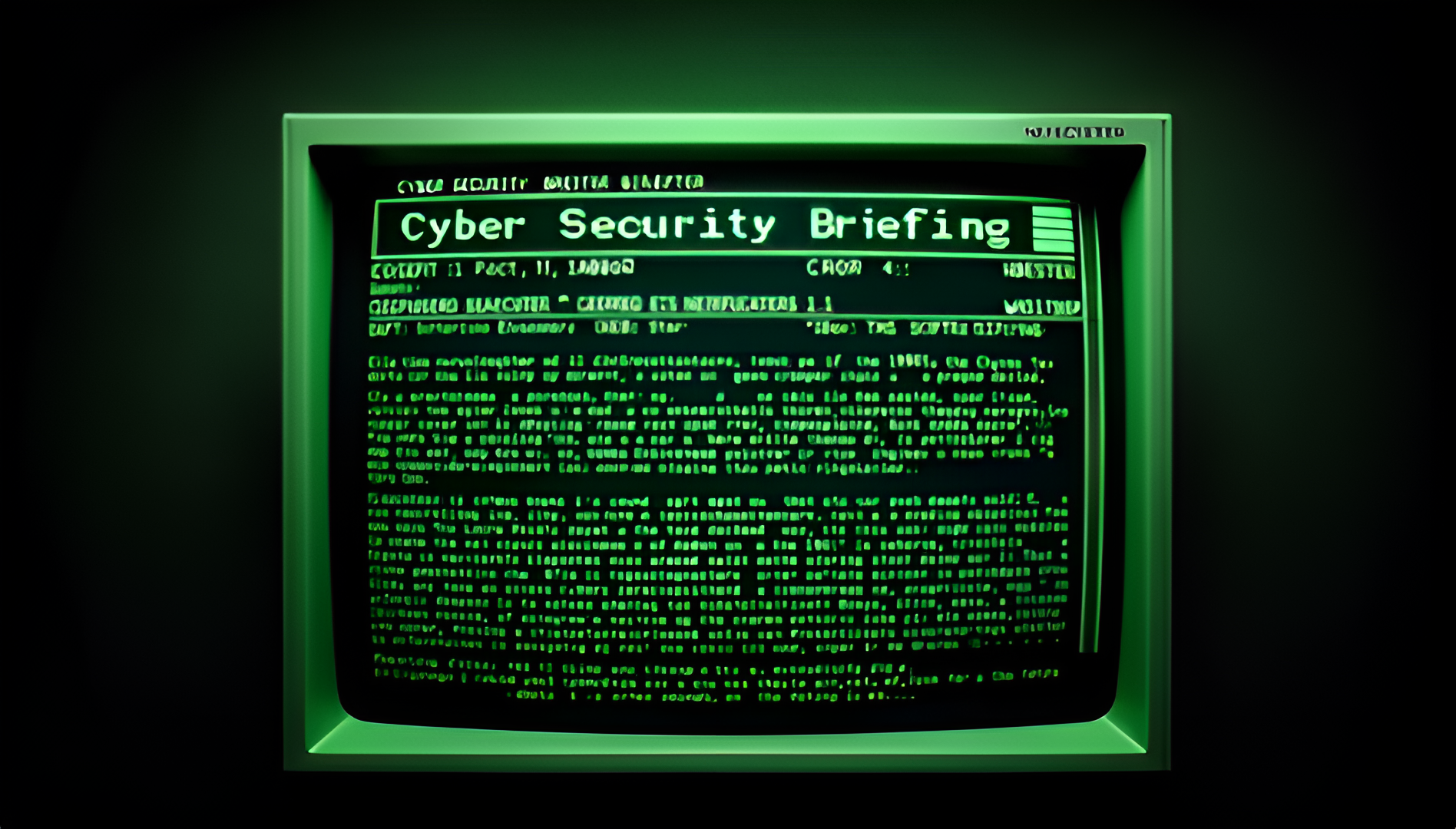Prioritizing Data for Post-Quantum Cryptography (PQC) Analysis Report
5W1H Analysis
Who
The primary stakeholders include data security firms, governments, tech giants, and businesses with sensitive data handled globally. Prominent technology companies are leading the push for post-quantum cryptography to future-proof data security.
What
The key development is the prioritisation and protection of sensitive data against quantum threats using scalable cryptography strategies. This includes adopting post-quantum cryptography methods to safeguard information from potential quantum computing attacks in the future.
When
The announcement and strategic push were highlighted on June 11, 2025. Preparations for post-quantum cryptography have been ongoing as computing technology strides towards advancements in 2023.
Where
This development affects global markets, particularly in regions with robust technology sectors such as North America, Europe, and East Asia. They are at the forefront of deploying advancements in cryptography.
Why
The motivation behind this initiative is the imminent threat posed by quantum computing capabilities that could potentially crack existing encryption methods. The pursuit of quantum-safe encryption is driven by the necessity to stay ahead of malicious entities that could exploit quantum advances.
How
The strategy involves developing and implementing cryptographic algorithms that are resistant to quantum decryption. It requires investment in research and development, collaborating with cryptography experts, and integrating these solutions into existing data protection frameworks.
News Summary
The news highlights the urgent need to adopt a strategic approach in prioritising and safeguarding sensitive data from the looming threats posed by quantum computing. As quantum technology promises to disrupt current cryptographic protections, entities globally are pivoting towards scalable, quantum-resistant cryptography strategies to secure data now and in the future.
6-Month Context Analysis
In the past six months, there has been an increasing awareness and proactive stance towards upgrading encryption protocols, particularly in fields with high data security demands such as finance, healthcare, and national defence. Several tech conferences and industry discussions have highlighted the impending risks of quantum computing and the necessity for post-quantum solutions, with leading companies implementing trial phases of new cryptographic methods.
Future Trend Analysis
Emerging Trends
An emerging trend is the acceleration of investment in quantum-safe technology and the integration of post-quantum cryptography in digital infrastructures. Additionally, there is an increasing collaboration among international cyber security agencies to establish unified standards for digital safety.
12-Month Outlook
In the next 12 months, expect a progressive shift in digital security protocols within critical industries as organisations prioritise quantum-resistant encryption. We may see significant partnerships between tech giants and security firms to expedite the deployment of such technologies.
Key Indicators to Monitor
- Adoption rate of post-quantum cryptography across industries - Investment spikes in quantum computing initiatives - Collaboration announcements between tech companies and research institutions
Scenario Analysis
Best Case Scenario
Organisations successfully adopt post-quantum cryptography, effectively mitigating threats from quantum computing and setting a standard for digital security. This could lead to enhanced trust in digital transactions and online data handling.
Most Likely Scenario
Gradual integration of quantum-resistant technologies within organisations, with leading sectors setting examples for others. Standardisation may provide a roadmap for adapting these technologies across various industries.
Worst Case Scenario
Delayed implementation of post-quantum cryptography could expose sensitive data to breaches if quantum computing capabilities advance rapidly. This could lead to a crisis in confidence in current digital security measures.
Strategic Implications
Organisations should assess their current cryptographic measures and begin transitioning to quantum-resistant protocols where applicable. Policy makers should foster collaborative efforts among international stakeholders to establish cohesive and comprehensive quantum safety standards.
Key Takeaways
- Businesses and tech firms, especially in North America and Europe, need to prioritise quantum-safe strategies (Who/Where).
- The urgency to shift to post-quantum cryptography is influenced by the rapid pace of computing advances (Why/What).
- Implementing scalable cryptographic strategies helps protect data from potential threats (How).
- Monitoring industry trends and technological advancements can ensure timely response (What).
- Global collaboration can drive the establishment of effective quantum-resistant standards (Where/Why).
Source: Prioritizing Data for Post-Quantum Cryptography (PQC)





















Discussion